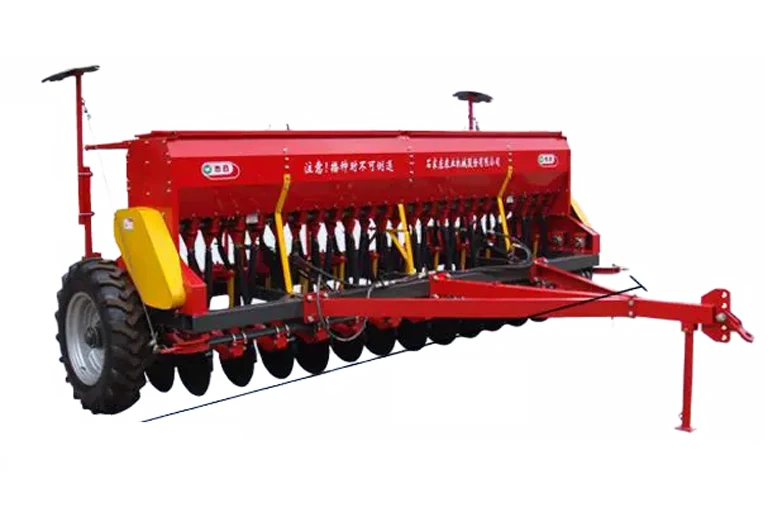chassis harness
Understanding Chassis Harness The Unsung Hero of Vehicle Wiring
When we think about vehicles, our minds often gravitate toward the more glamorous components—like the engine, transmission, or body design. However, lurking beneath the surface is an essential element that plays a pivotal role in a vehicle's functionality the chassis harness. This article aims to shed light on what a chassis harness is, its importance, and how it contributes to the overall performance of vehicles.
What is a Chassis Harness?
A chassis harness is a collection of wires, connectors, and electrical components meticulously organized and designed to transmit electrical signals and power throughout a vehicle. It facilitates the connection between various systems, such as the powertrain, lighting, and onboard entertainment. The term 'chassis harness' specifically refers to the wiring harness that is integrated into the vehicle's frame or chassis, establishing a robust and reliable network for electrical distribution.
The harness is typically composed of insulated conductors, connectors, and protective shielding, ensuring the safety and longevity of the electrical system. The design can vary significantly based on the vehicle type, model, and the complexity of the electrical systems it houses.
Importance of Chassis Harnesses
1. Electrical Distribution The primary function of a chassis harness is to ensure the seamless flow of electricity to various components of the vehicle. From the headlights to the infotainment system, the harness acts as a central nervous system, enabling various electrical systems to communicate and function efficiently.
2. Safety A well-designed chassis harness enhances vehicle safety. It minimizes the risk of short circuits and electrical failures, which can lead to dangerous situations while driving. The harness's structural integrity plays a crucial role in protecting against wear and tear, especially in vehicles subject to vibrations, heat, and environmental elements.
chassis harness

3. Performance In modern vehicles, where electronic features such as anti-lock braking systems (ABS), traction control, and advanced driver-assistance systems (ADAS) are prevalent, the chassis harness becomes even more vital. It ensures optimal functioning of these systems, directly impacting the vehicle's performance, handling, and fuel efficiency.
4. Ease of Maintenance A well-organized chassis harness can make maintenance and repairs significantly easier. Technicians can quickly identify and troubleshoot electrical issues by following the structured layout of the harness. Moreover, a modular design can allow for easier updates or modifications to the vehicle’s electrical systems.
Challenges in Chassis Harness Design
Despite its importance, designing a chassis harness poses numerous challenges. The increasing integration of technology in vehicles means that harnesses must accommodate a growing number of wires and connectors. Additionally, the demand for lightweight materials to enhance fuel efficiency often conflicts with the need for durability and protection against environmental factors.
Moreover, the complexity of modern vehicles requires manufacturers to invest heavily in research and development to create efficient and reliable harnesses. This can lead to higher production costs, which may be passed on to consumers.
Future Trends
As vehicles continue to evolve, particularly with the rise of electric and autonomous vehicles, chassis harness designs are also changing. The shift to electric powertrains necessitates a rethinking of wiring systems to manage higher voltages and the increased number of electrical components. Furthermore, as vehicles become more connected, the chassis harness must integrate advanced communication technologies, such as CAN Bus systems, to facilitate data exchange between various vehicle components.
In conclusion, the chassis harness may not receive the attention it deserves, but its role in vehicle functionality cannot be overstated. As automotive technology advances, the design and implementation of chassis harnesses will play an integral part in shaping the future of vehicle performance, safety, and sustainability. Understanding and appreciating this unsung hero of automotive engineering is crucial for manufacturers, technicians, and consumers alike.
-
Fast Gearbox Transmission Parts Slave Valve – Durable & Reliable SolutionNewsJul.28,2025
-
Hydraulic Lock Assembly for SHACMAN Truck Parts – Durable & ReliableNewsJul.28,2025
-
SINOTRUK HOWO 84 Electric Dump Truck for Eco-Friendly Heavy HaulingNewsJul.26,2025
-
The Fast 16-Gear Manual Transmission Assembly for Heavy TrucksNewsJul.25,2025
-
Mercedes Benz Actros 1848 42 Tractor Truck for Sale - Reliable PerformanceNewsJul.24,2025
-
High-Quality Water Pump Assembly for Sinotruk Trucks – Durable & ReliableNewsJul.23,2025
Popular products

























